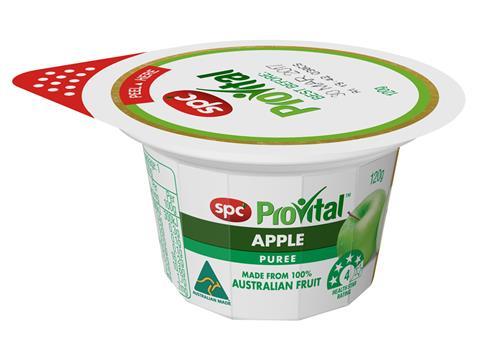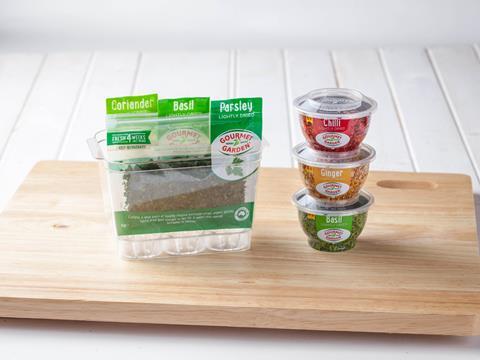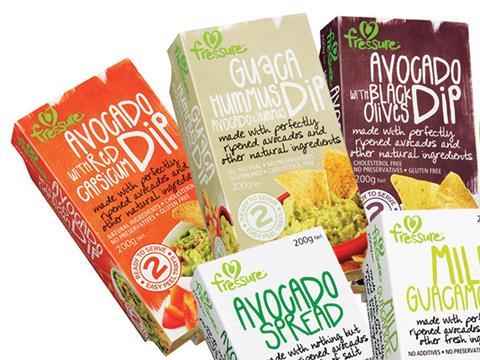
The Australian Institute of Packaging recently conducted two reports on the effect of packaging design on food waste. In this article, the organisation’s executive director, Nerida Kelton unpacks the reports’ key findings, which include actionable insights that could prove useful for all packaging industry professionals, regardless of location.
Sadly, Australia is one of the worst offenders in terms of food waste and loss in the world, with a staggering 34% (2.5 million tonnes) of all food wasted in the household, followed very closely by 31% (2.3 million tonnes) in primary production.
In economic terms, food waste in Australia has become a $20 billion problem that sees each person waste an average of 298KG of food a year. Add to that the environmental impacts that sit behind food production including water, land, energy, labour, capital and the fact that far too much food waste is heading to landfill and creating greenhouse gas emissions.
Australia needs to build a sustainable food system that delivers food security, considers social, economic and environmental impacts, and no longer sees food waste heading to landfill. This is where innovative Save Food Packaging (SFP) Design has a role to play within the Food System.
What is Save Food Packaging (SFP)?
Save Food Packaging uses innovative and intuitive design features that can contain and protect, preserve, extend shelf life, easily open and reseal, and provide consumer convenience and portion control; all while meeting global sustainable packaging targets.
To embed Save Food Packaging Design into businesses we first need to understand whether manufacturers consider food waste and loss, how packaging technologists are designing food packaging, if marketing is ensuring that on-pack communication provides the best messaging to consumers, and what the barriers are to implement SFP strategies.
As a core participant of the Fight Food Waste Cooperative Research Centre, the Australian Institute of Packaging (AIP) Save Food Packaging Design project has released two stakeholder industry insight reports that will help to set a baseline for current design practice and enable a path forward for areas of improvement.
The Save Food Packaging Consortium is made up of the Australian Institute of Packaging (AIP) as project lead and RMIT as the research partner. Project contributors will be Zipform Packaging, Sealed Air, Multivac and APCO, and the project partners are Plantic Technologies, Result Group and Ulma Packaging.

The Extension Network consists of the Australian Food Cold Chain Council (AFCCC), the Australian Food and Grocery Council (AFGC), and the Australian Institute of Food Science and Technology (AIFST). The consortium is made up of experts who work in Save Food Packaging Design to ensure that the project develops practical guidelines that are suitable for the industries they will serve.
The two reports are titled ‘Industry Insights Report: Stakeholder Online Survey of Product-Packaging Design Processes’ and ‘Industry Insights Report: Stakeholder Interviews of Product-Packaging Design Processes’.
As Australia’s first industry insight reports for Save Food Packaging, these reports represent the current landscape of the food and packaging industry regarding perceptions and practices around food waste and Save Food Packaging.
Some key insights from the first report include:
- Key executive and management levels are not claiming responsibility for food waste reduction, with marketing standing out as the least invested-in.
- Food waste mitigation considerations are mostly made in the early stages of the new product development (NPD) process and significantly less in the latter stages.
- Approximately 30% of stakeholders are unwilling to redesign a product’s packaging to save on food waste.
- Terminology and definitions of Save Food Packaging Design features are still unclear and not fully recognised within the industry.
- Active and intelligent packaging and controlled dispensing are the areas that underutilised.
- Greater Save Food Packaging adoption within the food industry requires leaders to promote and give ‘case study’ examples of SFP value.
- The greatest perceived barriers to Save Food Packaging adoption are that it adds cost and time to production and that organisations lack resources.
- Sustainability is also perceived by industry to be a Save Food Packaging function.
The second insight report reviews the expert knowledge and perceptions gleaned from stakeholder interviews, representing a range of organisations from the Australian food industry, and evaluates current Save Food Packaging (SFP) Design and system implementation techniques.

Key insights from this report include:
- The considerations of SFP are currently occurring primarily at the beginning of the new product packaging development (NPPD) process.
- The shelf life of a product is the first and most important consideration within NPPDs.
- Consumer food waste data is relatively unknown within the industry, relying heavily on feedback and complaints about packaging design improvements.
- Consumer demands and trends change quickly, making it difficult for the food industry to design appropriate products.
- There is a need for enhanced consumer education on food waste versus packaging waste.
- Organisations were divided in their marketing of SFP to consumers; some deeming it unnecessary and essential by others.
- Trade-offs between achieving the 2030 Food Waste Targets and the 2025 National Packaging Targets.
- Case studies and training modules for roles and sectors were identified as the most appropriate form of SFP design criteria to be implemented into organisations. These are being developed by the Australian Institute of Packaging (AIP).
We look forward to working with food and beverage manufacturers to design innovative Save Food Packaging solutions that offer the lowest environmental impact and minimise food waste wherever possible.
We encourage everyone to access these reports and consider utilising some of the recommended Save Food Packaging design features in your packs.
Download the full reports on the AIP website:
http://aipack.com.au/wp-content/uploads/FFWCRC121_SFPDC_OnlineSurveyReport_final-25.11.20_v3.pdf
http://aipack.com.au/wp-content/uploads/FFWCRC121_SFPDC_InterviewIndustryReport_V2_reduced.pdf



















